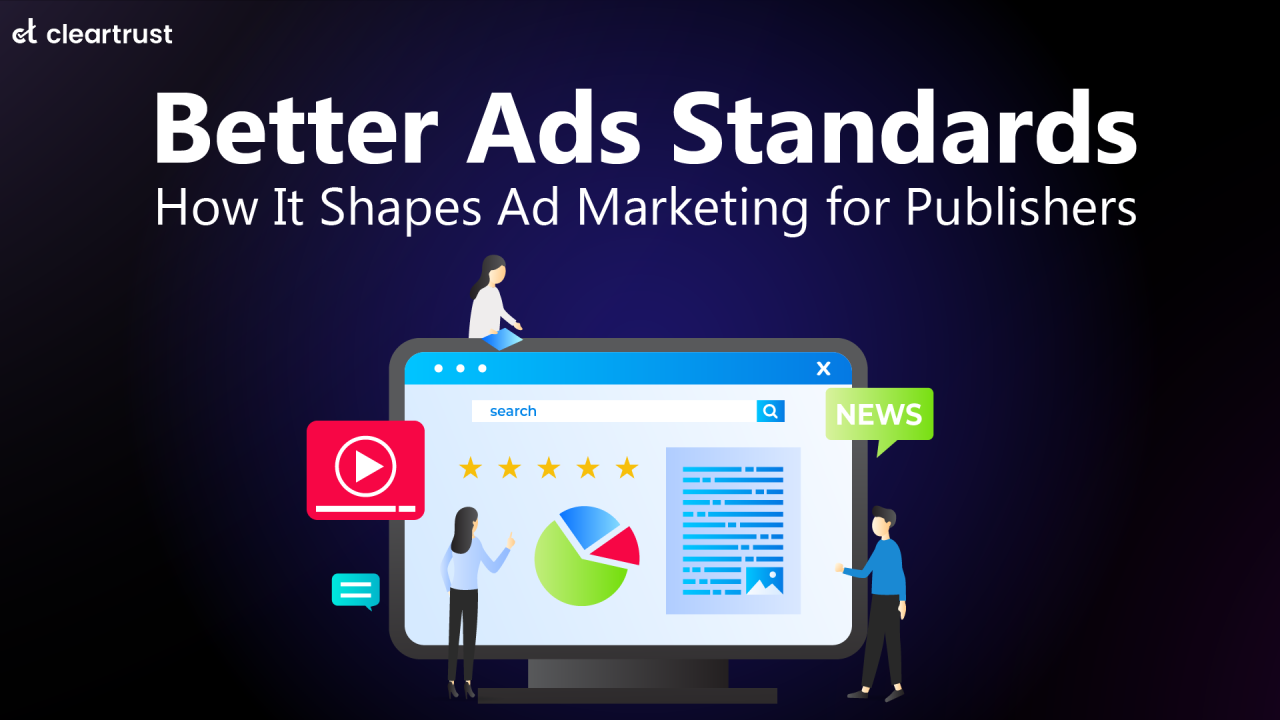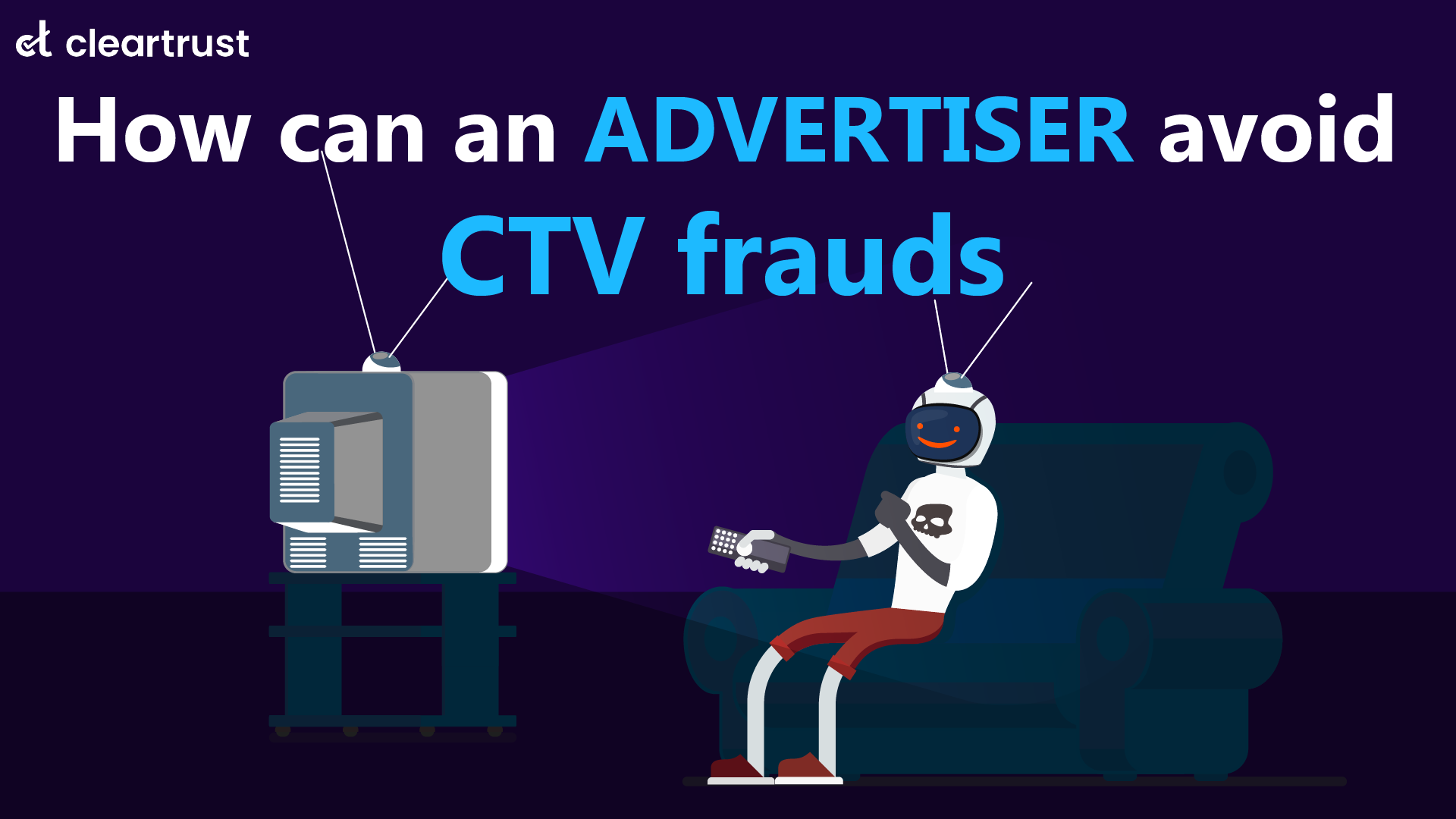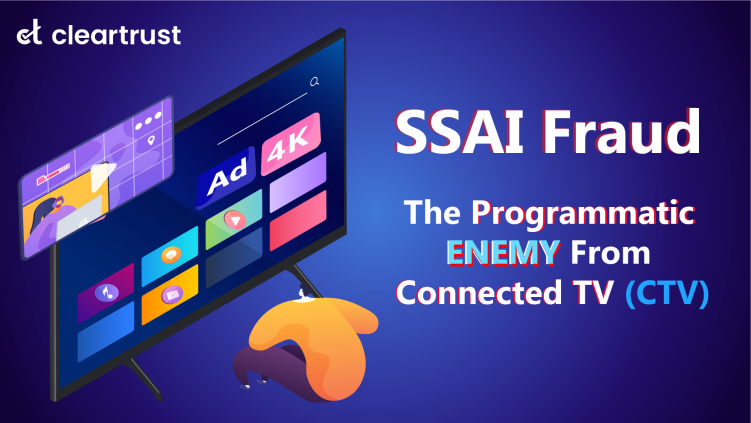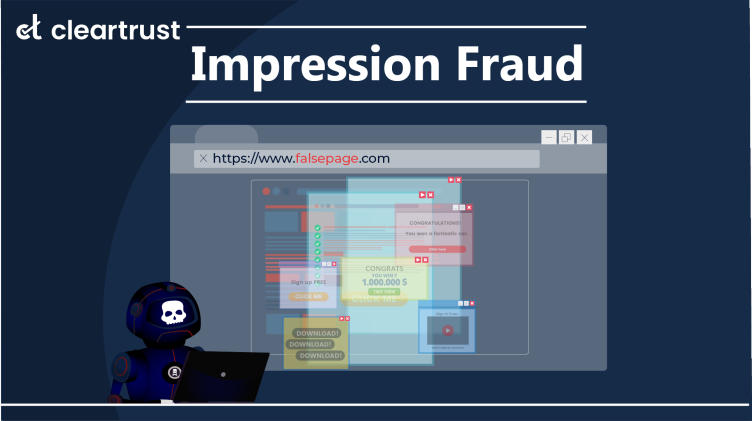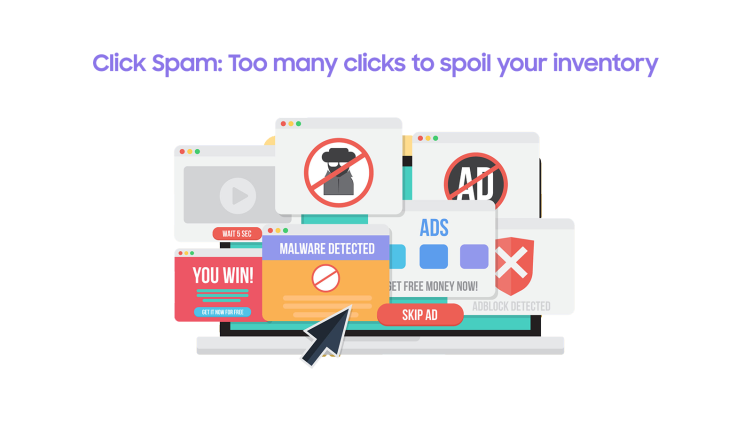In the ever-evolving landscape of digital advertising, the quest for better ad standards stands as a pivotal force reshaping the dynamics of ad marketing. As the programmatic ecosystem evolves, user experience has been highly prioritized. In doing so, ad blockers have been a major deterrent to publisher revenue.
As per studies, publishers have lost $54 billion to ad blockers in 2023. To combat such situations, it is the need of the hour to run ads which do not disturb the user experience. Fulfilling this, better ad standards serve as the much-needed antidote for publishers.
These standards, a set of guidelines and benchmarks established by industry bodies like the Coalition for Better Ads, World Wide Web Consortium (W3C), and Interactive Advertising Bureau (IAB), aim to enhance user experiences, mitigate ad fraud, and ensure more ethical and effective ad marketing practices.
How do these standards work?
Better Ad Standards are like a rulebook for digital ads, making sure they're friendly and fair for everyone online. They're guidelines set by experts in the ad world to keep ads from being annoying or sneaky. To make sure ads follow these standards, there are clear dos and don'ts.
Ad experts keep updating these rules by listening to what users like and don't like. They use information from users, research, and data to make sure that the standards are adhered to. Ads with the lowest user experience are determined based on criteria like speed of browsing, content interruption, etc.
Once identified, these ads are recommended for removal by the coalition, to publishers and webmasters. Compliance with these standards not only fosters user trust but also serves as a bulwark against ad fraud, creating a more transparent and sustainable ecosystem for digital advertising to thrive.
Why do we need ad standards?
- Enhanced User Experience: Ad marketing is intrinsically tied to user engagement. Negative ad experiences, such as intrusive pop-ups or auto-playing videos, tarnish user trust and hamper brand credibility. Better Ad Standards focus on fostering non-disruptive, user-centric ad formats, nurturing positive interactions that amplify engagement and retention rates.
- Combatting Ad Fraud: Ad marketing grapples with the menace of ad fraud, leading to colossal financial losses and compromised brand integrity. Better Ad Standards, with their emphasis on transparency, accountability, and stringent verification protocols, serve as a bulwark against fraudulent practices, safeguarding publishers,’ and advertisers' interests alike.
- Regulatory Compliance and Trust Building: Adhering to Better Ad Standards not only aligns businesses with regulatory frameworks but also instils trust among audiences. Compliance signifies a commitment to ethical advertising practices, fortifying brand reputation and fostering long-term relationships with users.

How can publishers comply with these standards?
- Ad format optimization: Tailoring ad formats following the prescribed standards is pivotal. Publishers must opt for less intrusive formats, employ interactive elements, and prioritize responsive designs that seamlessly integrate with user experiences across devices.
- Ad-tech integration: Embracing advanced ad-tech solutions equipped with ad quality verification tools, ensures compliance with Better Ad Standards. Implementing ad-tech solutions that prioritize user preferences and adhere to the defined guidelines amplifies ad effectiveness while meeting compliance requirements.
- Continuous monitoring and iteration: Adherence to Better Ad Standards is an ongoing journey. Continuous monitoring of ad performance metrics, user feedback, and industry updates facilitates iterative improvements, ensuring sustained compliance and optimization of ad strategies.
- Getting certified: Taking a step further, publishers can consider obtaining a certification from the coalition’s Better Ads Experience Program. By doing this, publishers can increase their credibility in the eyes of the advertisers by delivering what is promised through adherence to the standards and optimum utilization of their inventories.
In the realm of ad marketing, the adoption of Better Ad Standards heralds a paradigm shift. For programmatic publishers, embracing these standards is not just a compliance necessity but a strategic move.
By prioritizing user experiences, combating ad fraud, and fostering compliance, publishers can unlock the full potential of ad marketing while nurturing a more sustainable and trustworthy ecosystem.
